Confined Space Equipment: A Comprehensive Guide
Confined space equipment refers to any tool, device, or system that helps protect, assist, or rescue workers who are operating inside a confined space. This can range from basic items like helmets and radios to more advanced tools such as gas detectors, manhole pumps, and retrieval systems. These tools are essential for ensuring the safety and efficiency of workers in hazardous environments.
In essence, if a tool enhances a worker's ability to operate safely and effectively within a confined space, it qualifies as confined space equipment. It plays a crucial role across various industries, including oil and gas, mining, power generation, wastewater management, construction, and maritime operations.
This guide will explore what constitutes a confined space, the dangers associated with working in these areas, and the different types of equipment used globally to ensure worker safety.
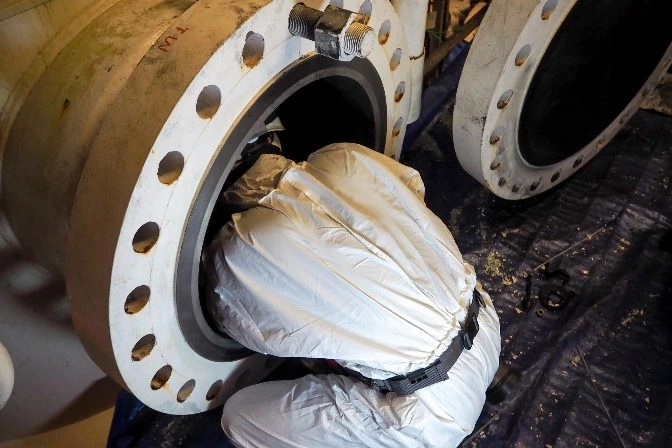
What Is a Confined Space?
A confined space is typically defined as an enclosed area that is not designed for continuous human occupancy but is large enough for a person to enter and perform specific tasks. Examples include air ducts, manholes, tanks, tunnels, pipelines, silos, and storage containers.
According to OSHA, a space qualifies as a confined space if it meets three key criteria:
- It has limited entry and exit points.
- It is not intended for continuous human occupancy.
- It is large enough for a person to enter and work.
Not all enclosed spaces meet all three criteria, so they may not be classified as confined spaces. However, even if they don't meet the definition, they can still pose serious risks. This guide will focus on the hazards and the equipment used to mitigate them.
[For a deeper understanding of industrial work in enclosed areas and how to identify and manage confined spaces in your workplace, check out this helpful Flyability guide.]
Dangers of Confined Space Entry
Working in confined spaces involves numerous risks, and the right equipment is crucial for minimizing these dangers. Some of the most common hazards include:
- Atmospheric Hazards: Oxygen deficiency, toxic gases, or flammable vapors.
- Chemical & Biological Exposure: Risk of contact with harmful substances or bacteria.
- Engulfment: Risk of being trapped by liquids or loose materials.
- Fire Hazards: Presence of flammable gases or dust.
- Mechanical & Physical Hazards: Noise, heat, radiation, electrical dangers, and structural risks.
- Rescue Hazards: 60% of fatalities in confined spaces occur during rescue attempts.
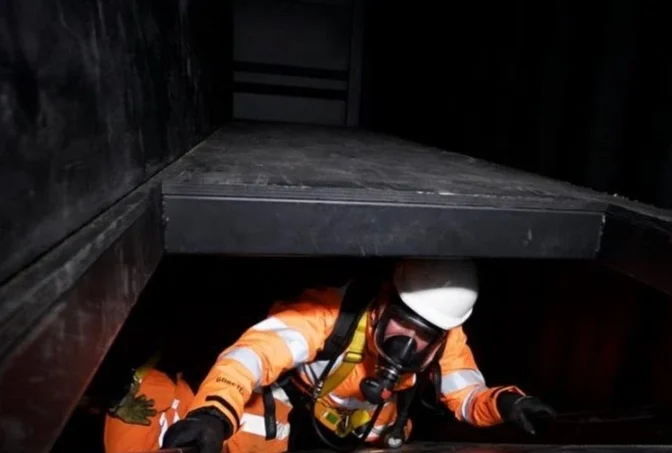
Requirements for Confined Space Entry
Confined space equipment must be designed to address the risks outlined above. Essential requirements include:
- Protecting entry and exit points.
- Preventing unauthorized access.
- Providing adequate ventilation.
- Ensuring safe access and egress.
- Meeting ANSI standards for safety gear.
Before entering, a "confined space permit" is often required to ensure the environment is safe. These permits outline critical details such as entry purpose, duration, authorized personnel, and communication methods.
Permit-Required Confined Spaces
Spaces with additional hazards—such as atmospheric or chemical threats—require a permit. OSHA defines these spaces as those that meet the standard criteria plus one or more of the listed hazards.
Non Permit-Required Confined Spaces
Some spaces, like crawl spaces or ventilated tunnels, do not require a permit due to lower risk levels.
Types of Confined Space Equipment
Now that we understand the risks, let’s explore the tools and equipment used to keep workers safe in confined spaces.
Communication Equipment
Effective communication between workers inside and outside the space is vital. Common tools include headsets, radios, and talk boxes, which allow clear and reliable communication even in restricted areas.
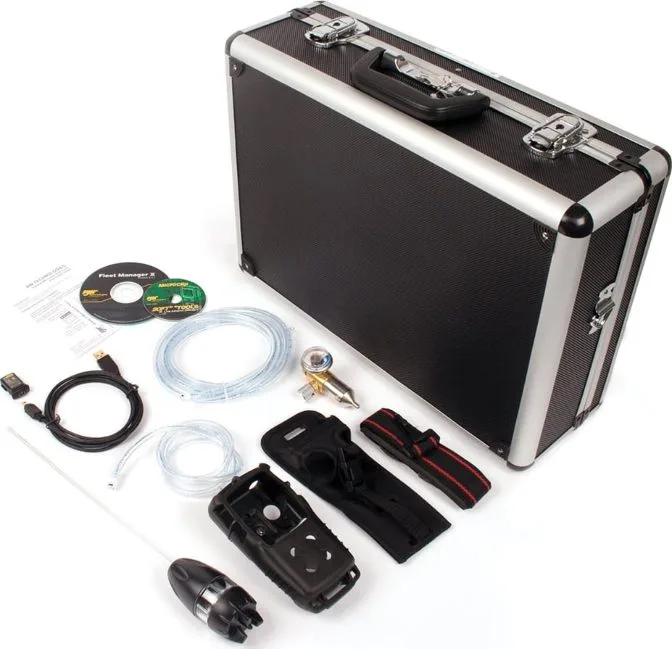 Source: TEquipment
Source: TEquipment
Descent, Rescue, and Retrieval Systems
These systems help workers enter and exit confined spaces safely. They include harnesses, hoists, tripods, and pulleys, which are essential for both routine work and emergency situations.
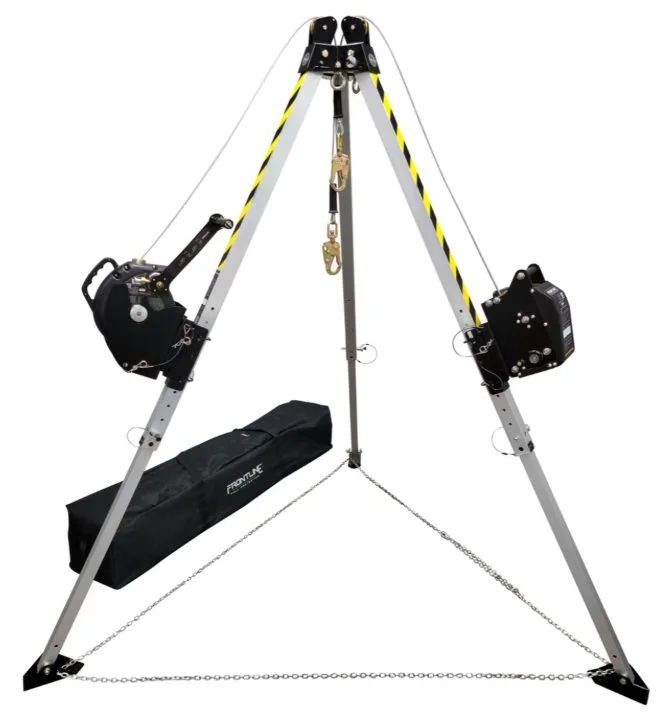 Source: ISP
Source: ISP
Medical Equipment
Emergency medical kits, stretchers, and breathing apparatuses are crucial for responding to accidents in confined spaces. Having these tools readily available can save lives in critical situations.
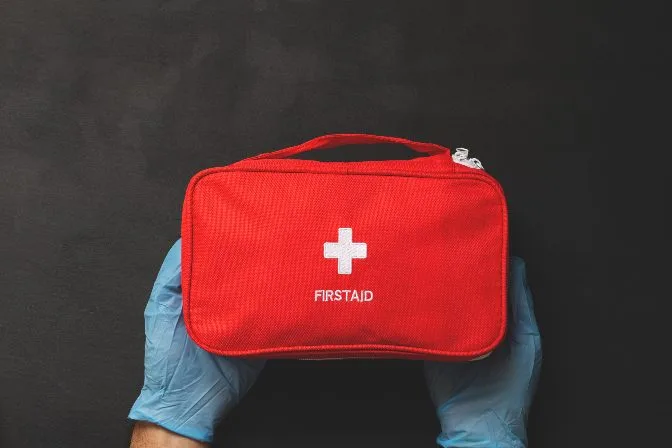
Meters and Monitors
Gas detectors and environmental sensors are essential for monitoring air quality and detecting hazardous substances. These devices provide real-time data to ensure worker safety.
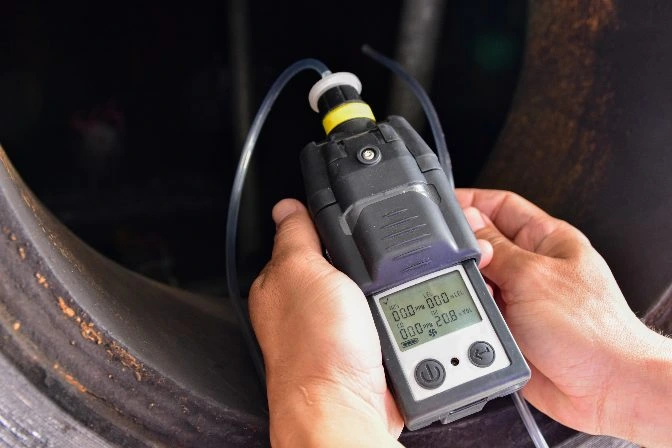
PPE (Personal Protective Equipment)
Basic PPE like hard hats, gloves, and safety glasses is essential for all confined space operations. These items protect against physical and environmental hazards.
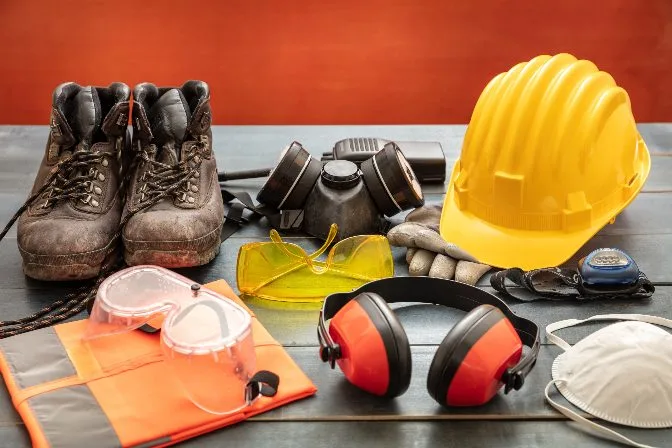
Signage and Permits
Clear signage and proper permits are essential for managing confined space entries. Signs like “Enter By Permit Only†and “Authorized Personnel Only†help prevent unauthorized access and ensure compliance with safety protocols.
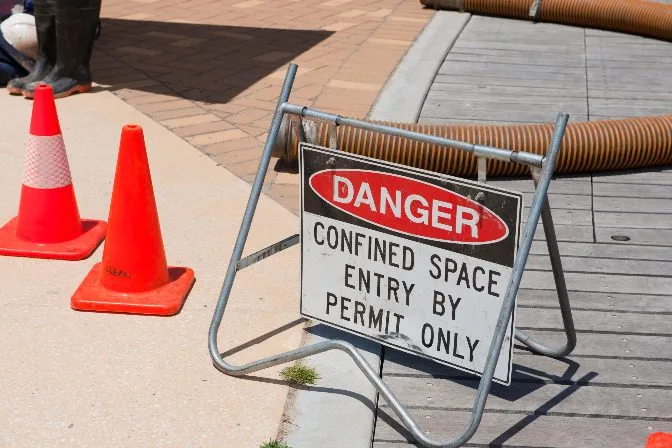
Ventilation Equipment
Proper ventilation is crucial in spaces with hazardous atmospheres. Blowers, fans, and ducts help remove contaminants and improve air quality, making the environment safer for workers.
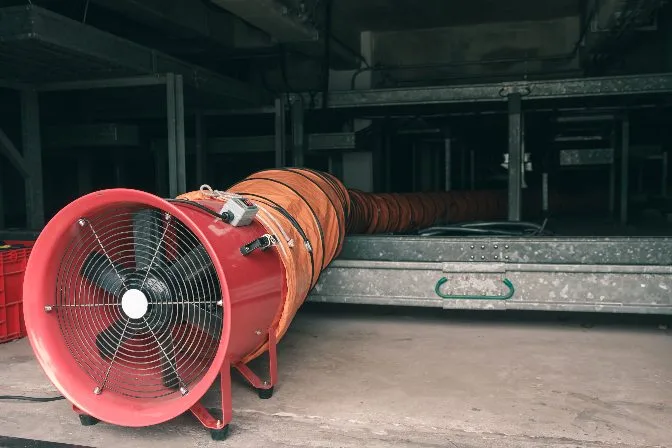
Data Collection and Inspection Tools
Tools like camera-on-a-stick, crawler robots, snake robots, and climber robots are used to inspect and collect data in hard-to-reach areas. These technologies reduce the need for human entry into dangerous spaces.
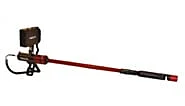
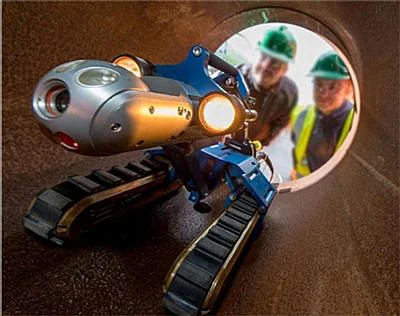
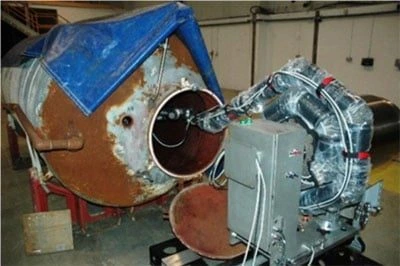
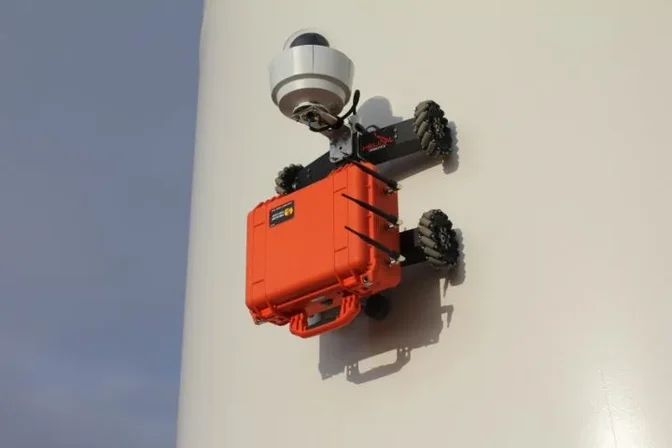
Drones as Confined Space Equipment
Drones, or uncrewed aerial vehicles (UAVs), are revolutionizing confined space operations. They offer a safer alternative to traditional methods by reducing the need for human entry into hazardous areas.
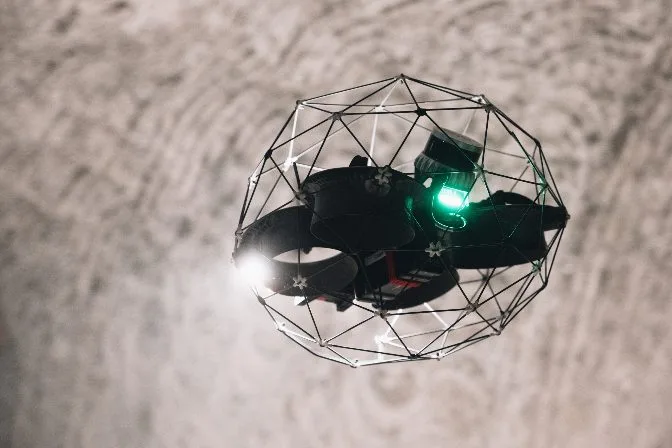 Elios 3 drone used for confined space inspections
Elios 3 drone used for confined space inspections
Drones are not affected by many of the hazards present in confined spaces, such as lack of oxygen or airborne chemicals. They can navigate tight spaces, collect data quickly, and significantly reduce risk.
With the cost of drones decreasing, their use in confined space work is expected to grow rapidly. Case studies from Flyability show how drones have already made a significant impact, saving time and money while improving safety.
While traditional equipment remains important, the future of confined space work is likely to be driven by drones and other UAVs. As technology advances, these tools will continue to redefine safety and efficiency in hazardous environments.
Cutting Machine,Wire Cutting Edm,Wire Cutting Machine,Wire Cutting Equipment
Changzhou Kuaile Technology Co., Ltd , https://www.quartzglasssectionmachine.com